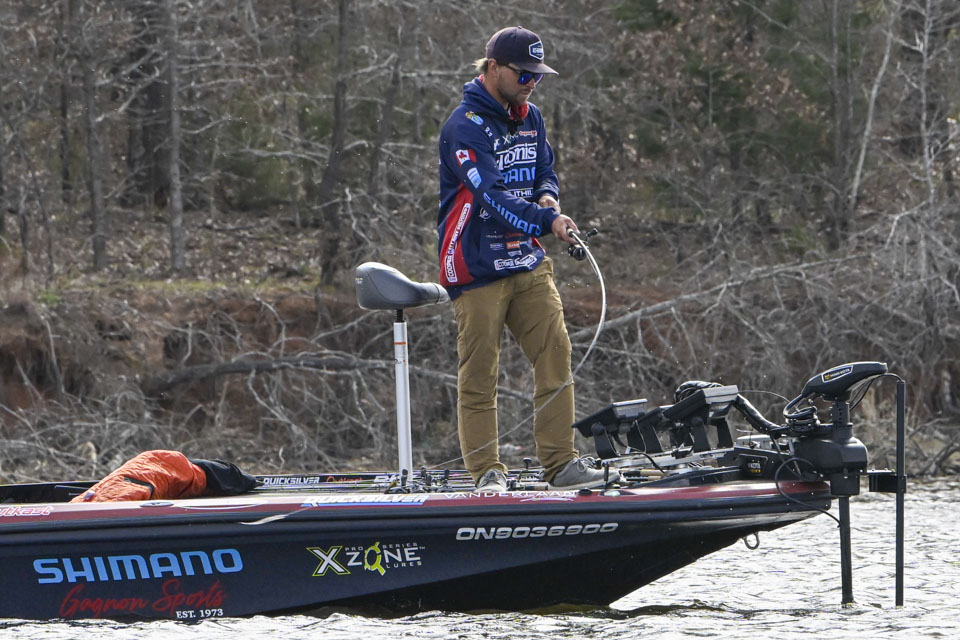
I remember not so very long ago riding a little train within the giant golf ball ride in Disney’s Epcot theme park, thinking, “That’s never gonna happen.” The ride is called Spaceship Earth and it focuses, at least at the end, on future technology we can expect to affect our everyday lives. The year was 2009 and one of the displays showed a parent talking to their kids through a live video screen. It was so far-fetched … until it wasn’t a couple of years later. Now, FaceTime and Zoom meetings are an integral part of everyday life. One point for the golf ball.
I mention this because technology has recently disrupted our sport in a way never before seen. Many anglers are worried about how high-tech gadgets may negatively impact bass fishing on both a competitive and recreational level. I’m not going to take sides in this debate. However, I do want to add some perspective related to how technology has changed our sport in the past decade and a half.
I remember well the moment Robert Shamblin of Power-Pole walked into the B.A.S.S. offices in 2008. He wanted to introduce our editorial staff to a new product that he felt would change the face of bass fishing. I looked at this shallow-water anchor (they had been producing them in small batches for the saltwater market since 2000), as well as its $1,000 price tag, and thought, “Never gonna work.” When they started popping up on pros’ boats, plenty of anglers complained. It took skill out of boat control, they said. Only the rich can afford something like that, they said. Now you can’t find a bass boat that doesn’t have at least one shallow-water anchor.
It was just two years later (2010) when Minn Kota introduced a trolling motor that would connect to outer-freaking-space and hold you on a waypoint in the middle of a lake in the wind and current, just by pressing a button. When I saw Spot-Lock, I was an immediate believer. The anti-tech crowd chimed in here, too. This makes fishing too easy, they said. Another rich-man’s advantage, they said. Now, you can’t find a bass boat without a trolling motor featuring a GPS anchor.
Humminbird made huge waves in 2012 when they launched 360 Imaging. Although side-scan tech had been around since 2005, this new transducer opened up a whole new world. Now, anglers could see what was happening around their boat without having to drive over the cover or structure. This eliminates the benefit of hard-earned, on-the-water intuition, the old-school anglers pronounced. And only the rich …
Garmin released Panoptix in 2015. (Yes, live sonar has been available for over nine years.) I was invited to a media event to see it firsthand and saw the writing on the wall. This was going to change everything. Now, the technology has seen vast improvements, primarily with the introduction of the Garmin LiveScope in 2018. Again, the anti-tech folks have appeared. This time, the screaming is louder than ever. You can throw out 30 years of experience and just stare at the screen, they say.
There’s more, of course. Mapping is leaps and bounds better than it once was. Lithium batteries offer more power, last longer, are lighter and smaller. Satellite imagery, cruise control, livewell advancements … all can change the way we fish.
All this said, I’ve seen technology enter our sport for the past 25 years, always with someone screaming about its negative impacts … me being that guy on occasion. We were all wrong. I’m not saying we won’t see technology cross a line that anglers can’t support … I’m just saying we haven’t seen it yet.





